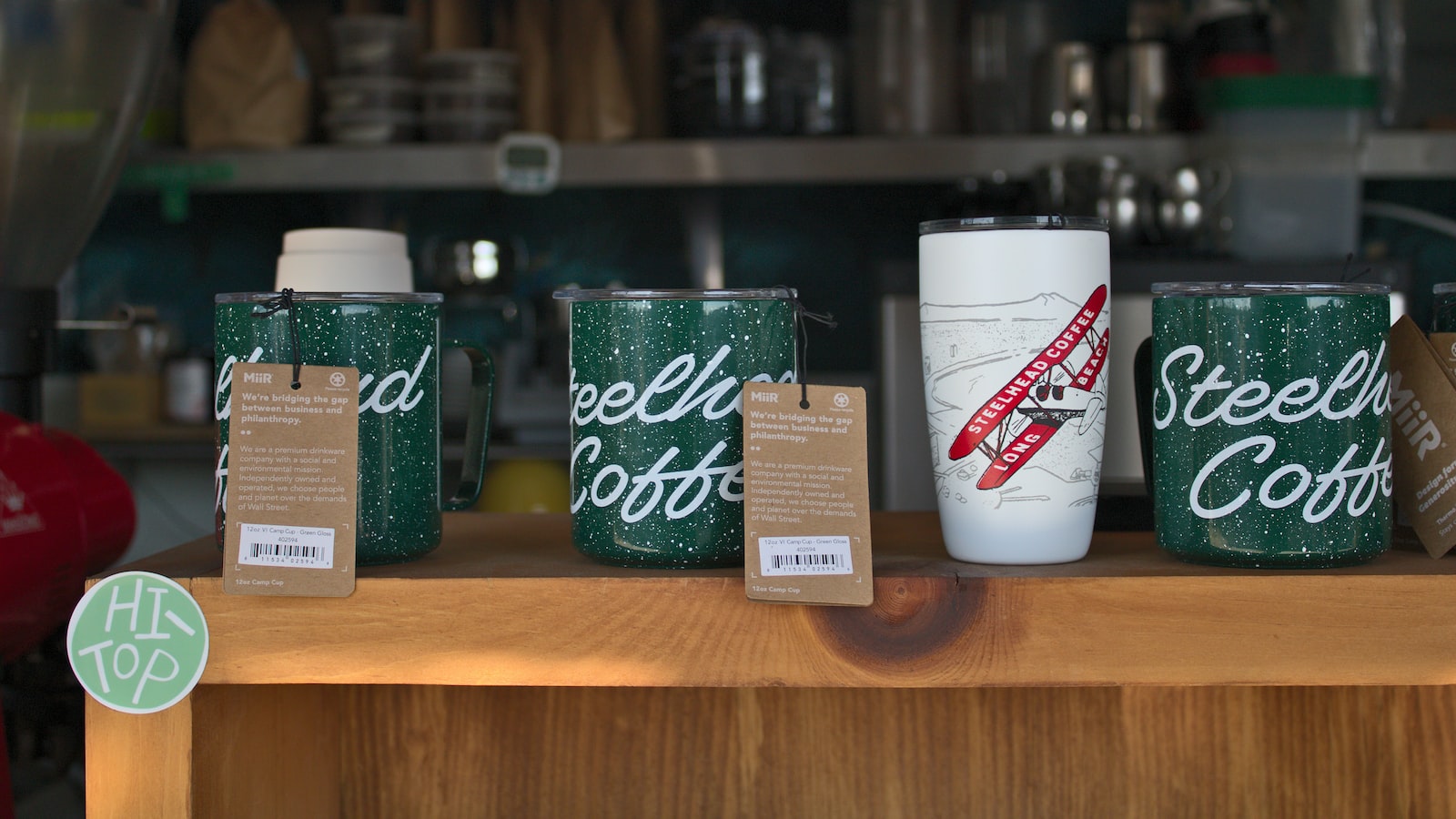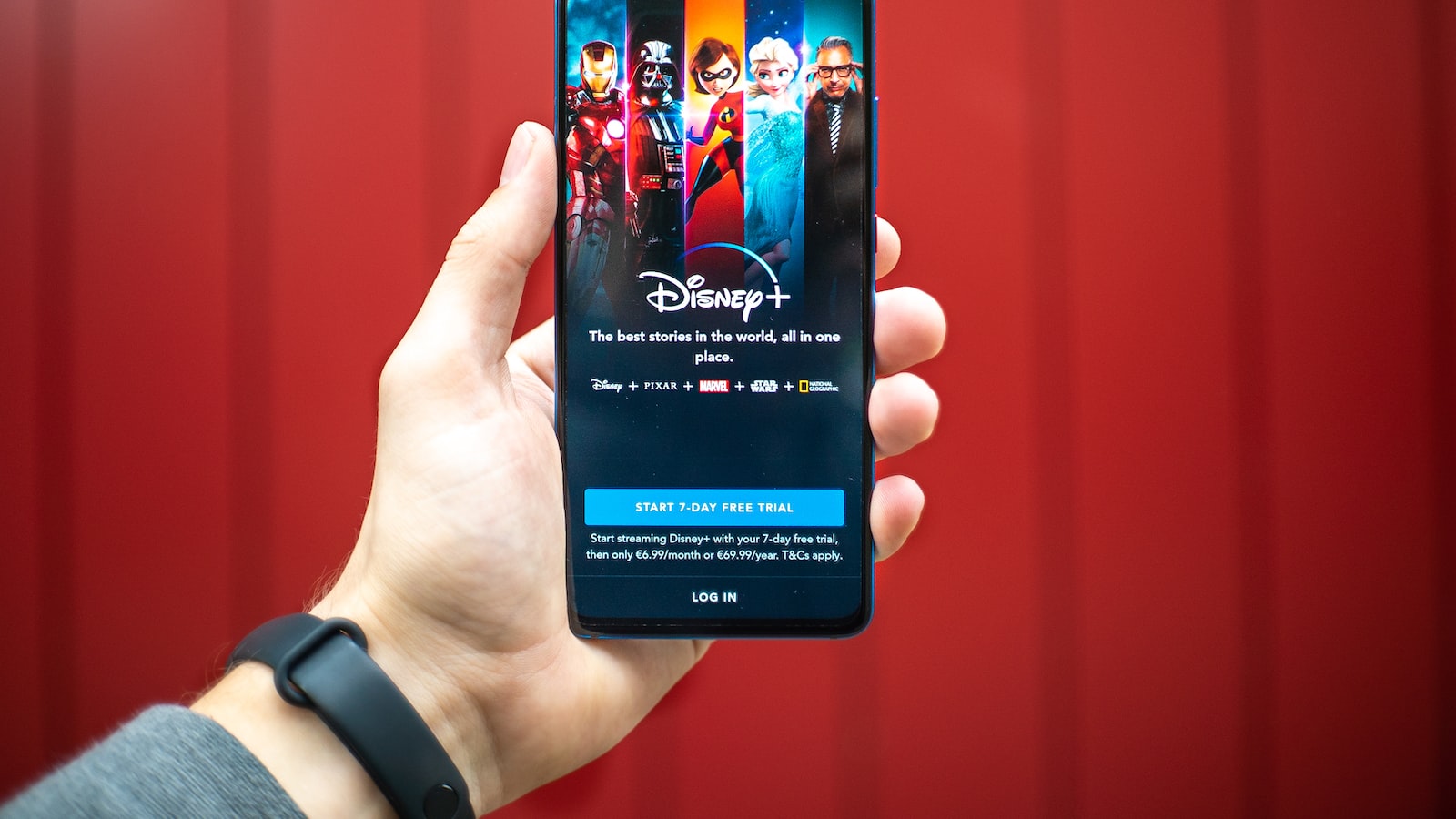For years, physical merchandise sales have been the lifeblood of the music industry, allowing musicians to make money from their art and retain their creative integrity. But with the advent of streaming services, the music industry has been experiencing a shift in the way that fans consume music, as well as the way musicians are perceived and rewarded for their hard work. This article will explore the ever-changing relationship between streaming and physical merchandise sales and consider the implications for the future of the music industry.
1. Impact of Streaming on Physical Merchandise Sales
The impact of streaming services on physical merchandise sales is both significant and far-reaching. Even though the music industry has become more digitalized, physical merchandise remains a major revenue source for many artists and labels. Here are a few ways that streaming services have impacted physical merchandise sales:
- Increased Discovery: Streaming services such as Spotify and Apple Music have given artists a platform to share their music with the world. This allows listeners to discover new music they may never have heard before. This increases the chance of listeners becoming fans and more willing to buy physical items.
- Engagement with Fans: Streaming services give artists the ability to engage directly with fans. Through fan clubs, playlists, and other platforms, artists are able to create a deeper connection with their fans. This encourages fans to support their favorite artists with physical purchases such as concert tickets and merchandise.
- Advertising Platforms: Streaming services provide artists with an advertising platform to promote their merchandise directly to their fanbase. Through streaming services, artists can easily create campaigns to increase awareness and drive sales of their merchandise.
The ability to stream music has had a lasting impact on the music industry, and physical merchandise sales. By increasing discovery and engagement with fans, streaming services have opened up new opportunities for artists to market their music and merchandise to larger audiences.

2. Factors Contributing to Increased Merchandise Sales
Product Variety
One of the factors driving increased merchandise sales is the wide range of options available to customers. Having a selection that caters to different preferences allows for a larger number of customers to find something they desire. For example, a retail clothing store might stock sizes ranging from XXS to 6XL, as well as various color options and fits.
Moreover, offering diverse merchandise designs, styles, and trends can be a strong point of attraction for customers. Introducing creative and innovative items can help merchants keep up with the evolving tastes of their target market, thus increasing the chances of merchandise sales.
Marketing and Promotional Strategies
The use of strong marketing and promotional strategies is yet another factor essential to increase merchandise sales. Utilizing digital channels such as email, social media, and search engine optimization can help merchants attract a larger audience. Furthermore, establishing exciting loyalty programs, offering discounts, and free shipping can encourage customers to make purchases more often.
In addition, providing customers with helpful information through blogs, demonstrations and videos can assist in generating positive and lasting impressions on them. By creating an exceptional customer experience, merchants are more likely to make a sale.
3. Strategies to Maximize both Streaming and Merchandise Sales
In today’s streaming-dominated music landscape, channels for artists to make revenue are increasingly diversifying. To capitalize on a more UGC driven approach, bands should look to both streaming and merchandise sales to maximize their revenues. Here are three strategies to make the most out of both.
- Create Exclusives – owners of streaming platforms have found success with exclusive content from their artists. You could consider selling limited edition items on your merchandise store to incentivize fans into streaming your music. This could include items like T-shirts, hoodies, posters, or other merchandise which you can advertise to accompany your singles.
- Maintain Awareness – schedule regular drops of singles and releases over time. This enables your fans to support consistently instead of having to wait long periods between when releases are more scarce. Smaller, easier to remember campaigns can keep your fan base engaged in the meanwhile, so you can make sure to drive interest to every product.
- Engage Productively – use your fan base to start conversations about your music. Share snippets, behind the scenes content, and more on social media platforms to generate buzz for upcoming tracks. Additionally, engage with listener comments and use their feedback to refine your merchandise selection, giving people incentive to stay engaged with your music.
By using these strategies, bands can maximize both streaming and merchandise sales to help generate revenue. It is an increasingly difficult, yet important, aspect of music-making in the digital age, and it is essential to stay creative in order to take advantage of the opportunities streaming and merchandise can bring. Streaming services and physical music merchandise can have a mutually beneficial relationship—not one of competition, but of collaboration. Reaching new digital audiences while maintaining traditional physical outlets can help all artists who want to share their art with the world. The advances in technology provide a unique opportunity for those who are looking to showcase their work in tangible form. Whether you’re streaming your favorite artist’s music or proudly displaying their album art on your wall – music has the power to bridge the gap between digital and physical boundaries.

